Feline Asthma: Recognizing the Signs and Helping Cats Breathe Easier
A sudden coughing fit. A wheezing sound when your cat is at rest. Or a moment when your cat crouches low, stretches their neck, and struggles to draw in air. Many pet owners mistake these episodes for hairballs or a minor respiratory bug, but they may actually be signs of feline asthma, a condition that requires lifelong management and careful monitoring.
At Twin Lakes Veterinary Hospital, we focus on making gold-standard care accessible by combining affordable, compassionate service with advanced diagnostics and treatment options. Our goal is to give cat owners the knowledge and support they need to recognize feline asthma, understand its symptoms, and explore the many ways it can be managed so cats can enjoy long, healthy lives.
What Exactly Is Feline Asthma?
Feline asthma is a chronic inflammatory disease of the lower airways. It occurs when a cat’s immune system overreacts to inhaled allergens, such as dust, smoke, or pollen. The airway muscles constrict, the lining becomes inflamed, and mucus production increases, making it harder for the cat to breathe.
Asthma is often grouped with chronic bronchitis in cats, since both conditions involve long-term airway inflammation. The two can overlap and may appear almost identical on X-rays or clinical exams.
Asthma is not curable, but it can be managed. With the right treatment plan, cats can lead healthy, active lives for many years. Some cats have only mild, occasional flare-ups, while others may experience more frequent or severe episodes that need careful control.
Symptoms Cat Owners Should Watch For
Asthma can be tricky because the signs are not always obvious. Early symptoms are often written off as minor, such as coughing that owners assume is a hairball. In reality, asthma flare-ups often present as:
- Wheezing or whistling sounds when breathing
- Coughing or hacking, sometimes with a crouched, hunched posture
- Rapid or shallow breathing
- Increased breathing rate at rest
- Reduced energy or reluctance to play
- Open-mouth breathing or panting (a serious red flag)
During a severe episode, cats may stretch their neck forward and squat low to try to draw in air. Signs of feline asthma can progress to full respiratory distress if untreated. Any labored breathing or blue-tinged gums should be considered an emergency.
Some cats also show patterns in their flare-ups, with worse symptoms during certain seasons, after exposure to smoke or perfumes, or when playing in dusty environments. Paying attention to these triggers can help guide management.
When Asthma Looks Like Something Else
Asthma is not the only cause of coughing or breathing difficulty in cats. Several other conditions can mimic its symptoms, which is why veterinary diagnostics are essential.
- Feline upper respiratory infections often involve sneezing, nasal congestion, and discharge, and may be mistaken for asthma when coughing is present.
- Heart disease can cause fluid buildup in or around the lungs, leading to coughing, wheezing, or difficulty breathing. Diagnostic testing for heart disease is often necessary to distinguish between asthma and cardiac issues.
Because asthma, infections, and heart conditions can look so similar, it is not safe to assume a diagnosis without testing.
How Veterinarians Diagnose Feline Asthma
At Twin Lakes Veterinary Hospital, we use a technology-driven approach to quickly identify what is affecting a cat’s breathing. Diagnostics often include:
- Chest radiographs (X-rays) to look for airway changes or fluid buildup
- Bloodwork to assess inflammation and rule out infections
- Ultrasound if heart disease is suspected
- In some cases, bronchoscopy or airway fluid analysis
Owners may also be asked to track their cat’s breathing at home. Recording a resting respiratory rate is a valuable tool for detecting subtle changes that may indicate flare-ups. A sudden increase in resting breaths is often one of the earliest clues that an asthma episode is developing.
Treatment Options: From Medications to Inhalers
There is no cure for feline asthma, but treatments can control inflammation and prevent severe attacks.
- Corticosteroids reduce airway inflammation. They may be given as pills, liquids, injections, or inhalers.
- Bronchodilators help relax airway muscles and ease breathing, often used alongside steroids.
For long-term management, inhaler therapy is often preferred. If getting your cat to use an inhaler seems impossible, there are other options. The AeroKat chamber is designed specifically for cats, allowing them to safely inhale medication through a facemask. Inhaled therapy delivers medicine directly to the lungs with fewer systemic side effects than oral or injectable steroids.
Some cats need daily medication, while others only require treatment during flare-ups. Working closely with a veterinarian ensures the dose and method are tailored to each individual cat.
At Twin Lakes, we work with families to find the treatment plan that balances effectiveness, ease of use, and affordability.
Managing the Home Environment
Lifestyle adjustments can play a major role in controlling asthma flare-ups:
- Minimize exposure to irritants such as cigarette smoke, aerosols, and scented cleaners.
- Choose cat litters that produce less dust to reduce airway irritation.
- Keep stress levels low, since anxiety can worsen breathing problems.
- Maintain a healthy weight through diet and exercise, as obesity can complicate respiratory conditions.
Air filters, frequent vacuuming, and avoiding heavily fragranced products can also help create a safer environment for cats with asthma.
What To Do If Your Cat Has an Asthma Attack
An asthma attack can be frightening to witness. Knowing what to do in the moment is critical:
- Look for urgent signs such as open-mouth breathing, blue gums, or collapse.
- These are emergencies and require immediate veterinary intervention.
Because Twin Lakes Veterinary Hospital offers extended hours and emergency capabilities, we can provide immediate support when cats are in respiratory crisis. Having an emergency plan in place, including keeping medication accessible and knowing the fastest route to the hospital, can make a big difference during an attack.
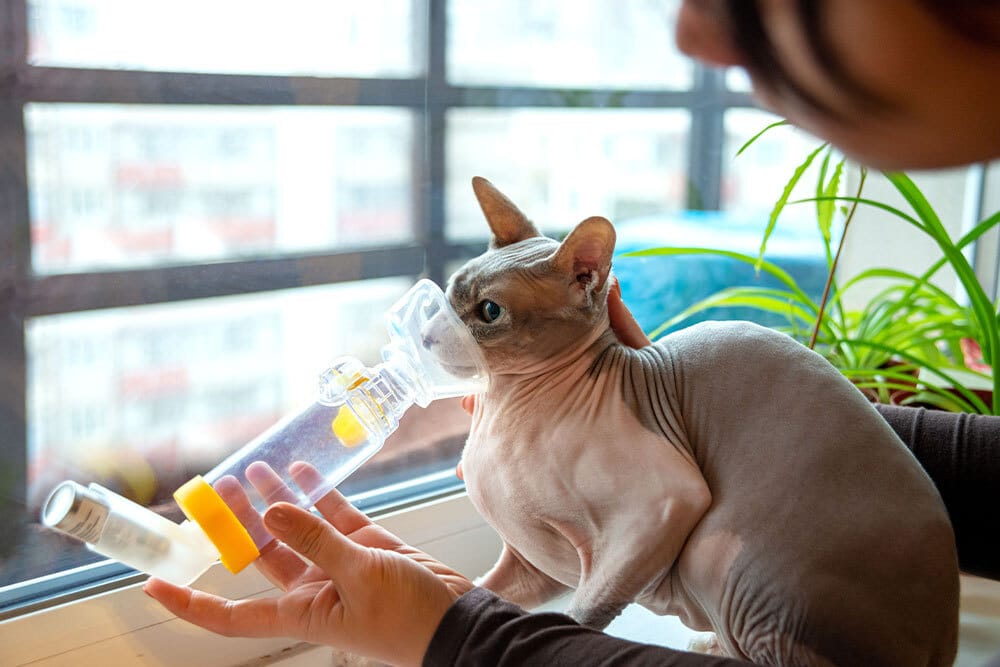
Long-Term Prognosis for Cats with Asthma
While asthma is a lifelong condition, most cats can live full, active lives with appropriate management. Regular follow-up visits are essential for adjusting medications and monitoring progress.
With our digital radiography, ultrasound, and in-house lab, Twin Lakes Veterinary Hospital provides ongoing monitoring to keep cats stable and comfortable. Families are encouraged to maintain close communication with the veterinary team, reporting any changes in breathing patterns or frequency of coughing episodes.
Owners also play a vital role by noting triggers, sticking to prescribed treatment, and scheduling check-ups to catch complications early. Cats with well-controlled asthma often live just as long as those without the condition.
Helping Cats Breathe Freely Again at Twin Lakes
Asthma may sound daunting, but with early recognition and the right care, cats with this condition can live happy, comfortable lives. Understanding the symptoms, seeking prompt veterinary attention, and committing to ongoing management are the keys to success.
At Twin Lakes Veterinary Hospital, we combine cutting-edge technology with a commitment to affordability so every cat can receive the care they need. If your cat has shown signs of coughing, wheezing, or breathing difficulty, don’t wait. Call us today at 705-243-8923 or request an appointment online. Together, we will help your cat breathe easier and enjoy life to the fullest.


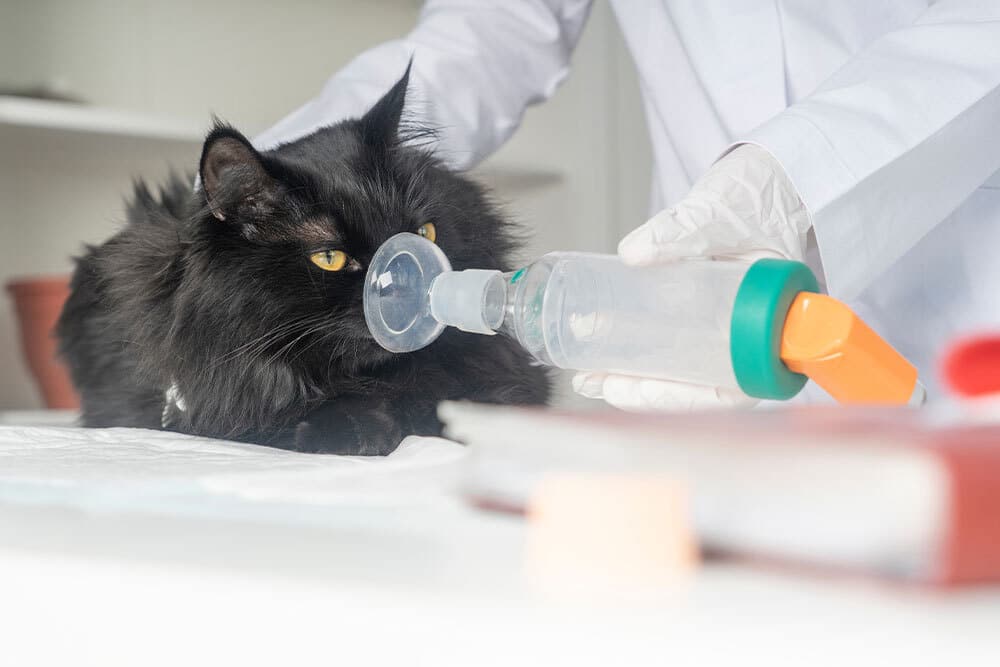
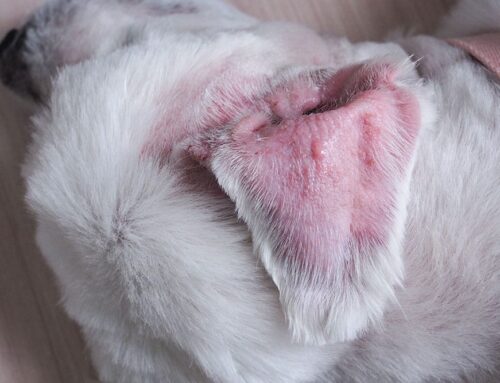
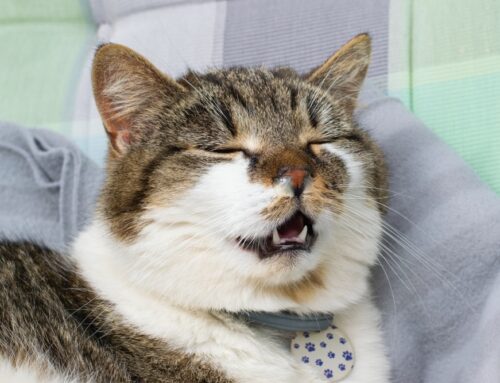
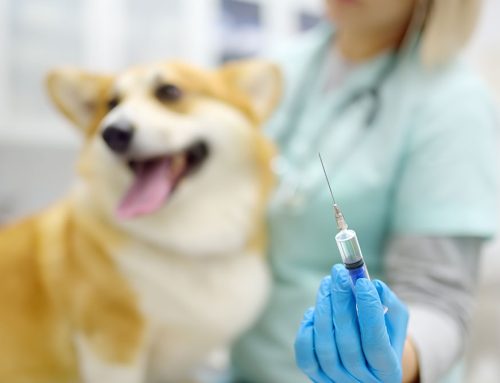

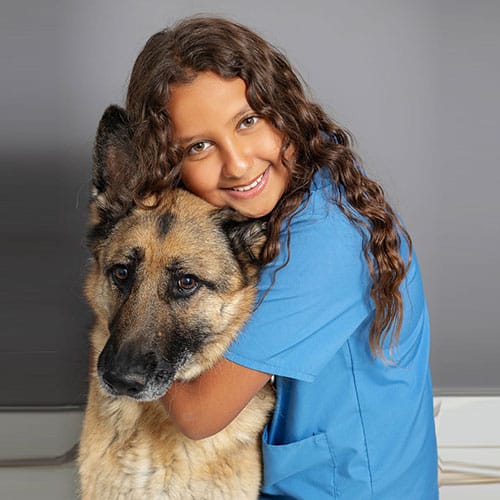















Leave A Comment